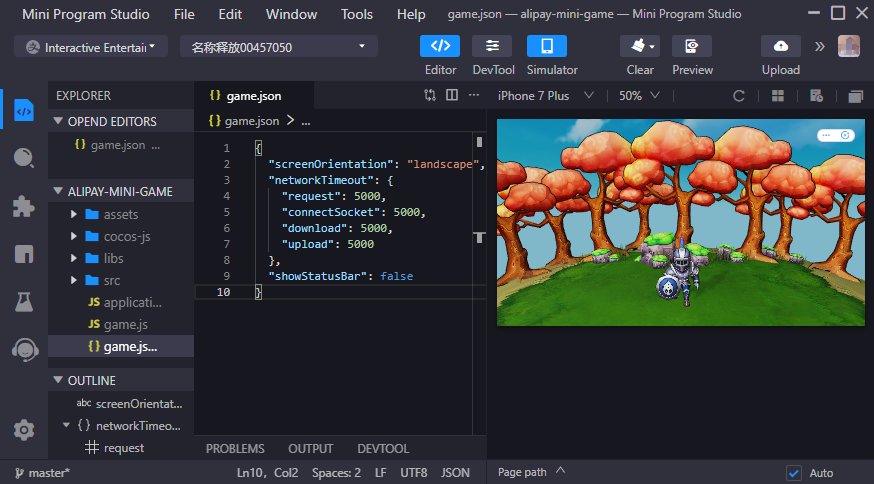
It is usually described as a Options File or MySQL Config File. The MySQL Documents for which version you are using will help. early-plugin-load=keyring_file=keyring_file.so keyring-file-data=/usr/local/mysql/keyring/keyring So you can either change them there, or take them out so it will actually respect the ones you have in your my.cnf wherever you decided to put it.Įxample of the file info found in that file: After doing a full text search of my box I found it in: ps shows that all of the most critical parameters normally in my.cnf are passed on the command line, and I couldn't figure out where that was coming from.
Mini vmac configuration file install#
I am using the current dmg install of mysql community server. So if the file doesn't exist, create one. On terminal with fs_usage, the proper location should be shown, e.g. In another Terminal, restart your MySQL/MariaDB, e.g. This will report any filesystem activity in real-time related to that file.

This is intentional as a security measure.Īdditionally on Mac there is a simple way to check it. Note: On Unix platforms, MySQL ignores configuration files that are world-writable. ~/.mylogin.cnf - User-specific (clients only).If MYSQL_HOME is not set and you start the server using the mysqld_safe program, mysqld_safe sets it to BASEDIR, the MySQL base installation directory.įile specified with -defaults-extra-file=path if any MYSQL_HOME is an environment variable containing the path to the directory in which the server-specific my.cnf file resides. $MYSQL_HOME/my.cnf - Server-specific (server only)


By default, this is the etc directory located under the compiled-in installation directory. SYSCONFDIR represents the directory specified with the SYSCONFDIR option to CMake when MySQL was built. In general, on Unix and Unix-like systems, MySQL/MariaDB programs read config/startup files in the following locations (in the specified order):


 0 kommentar(er)
0 kommentar(er)
